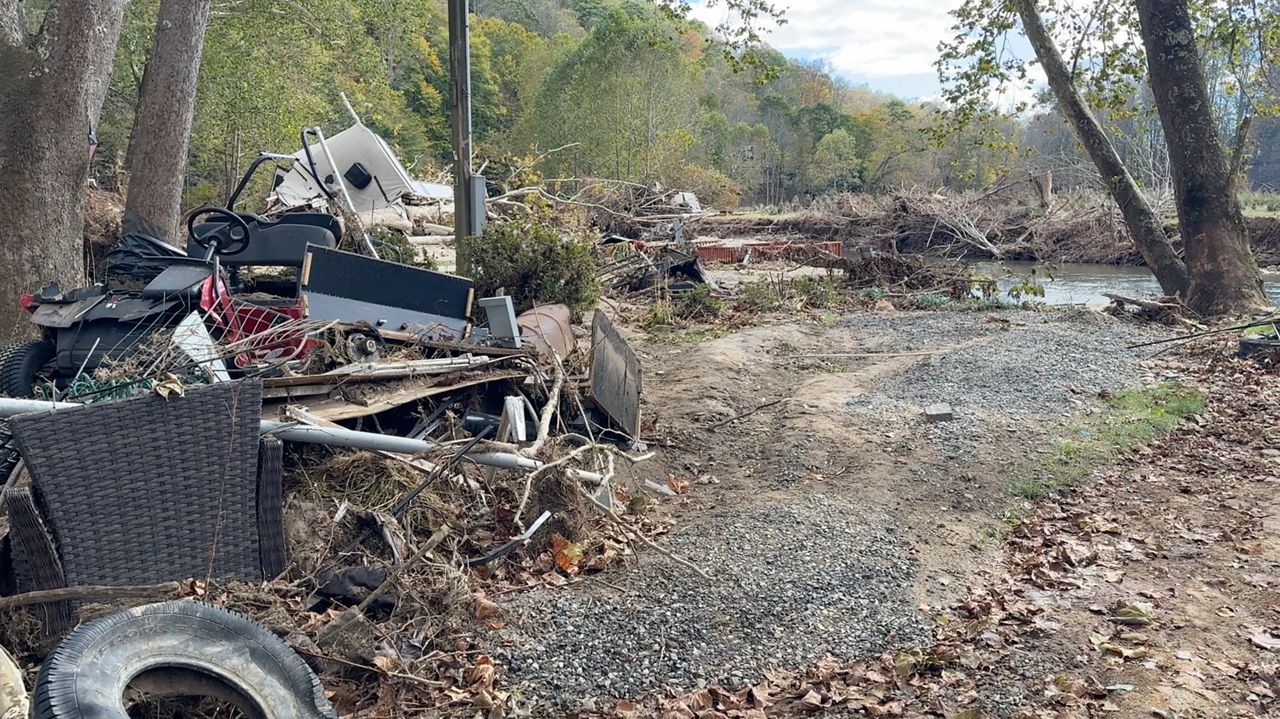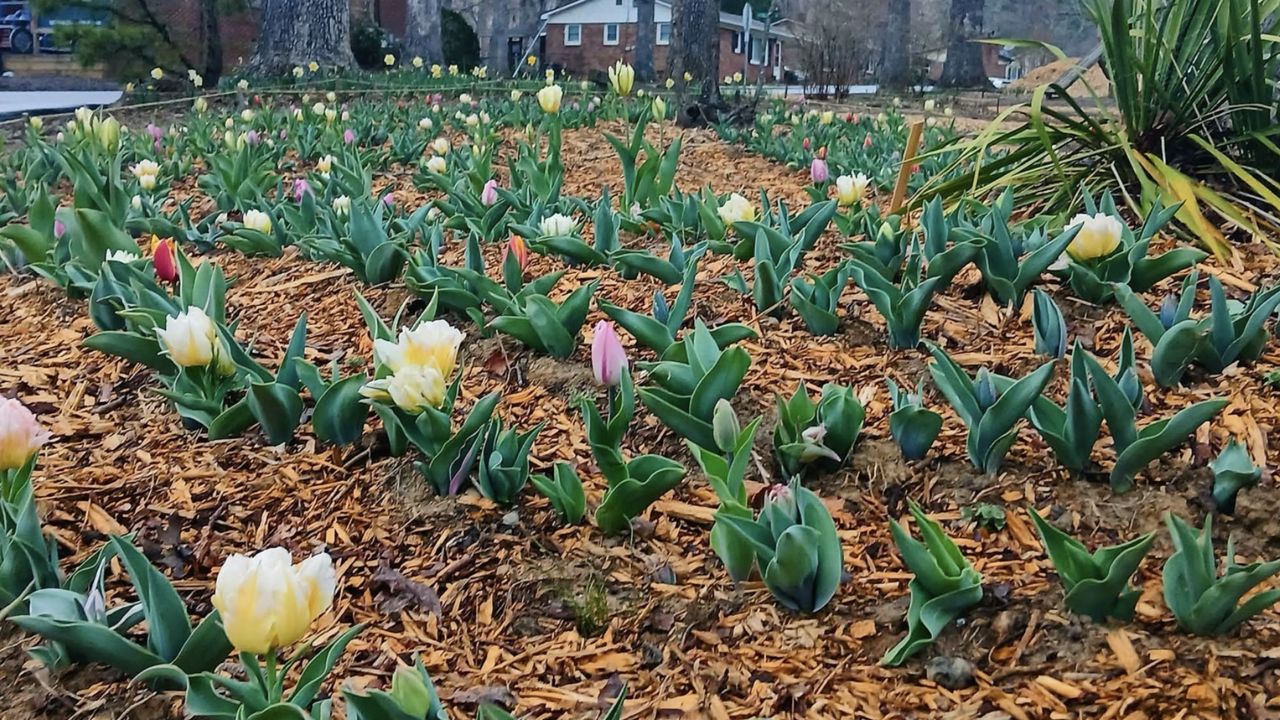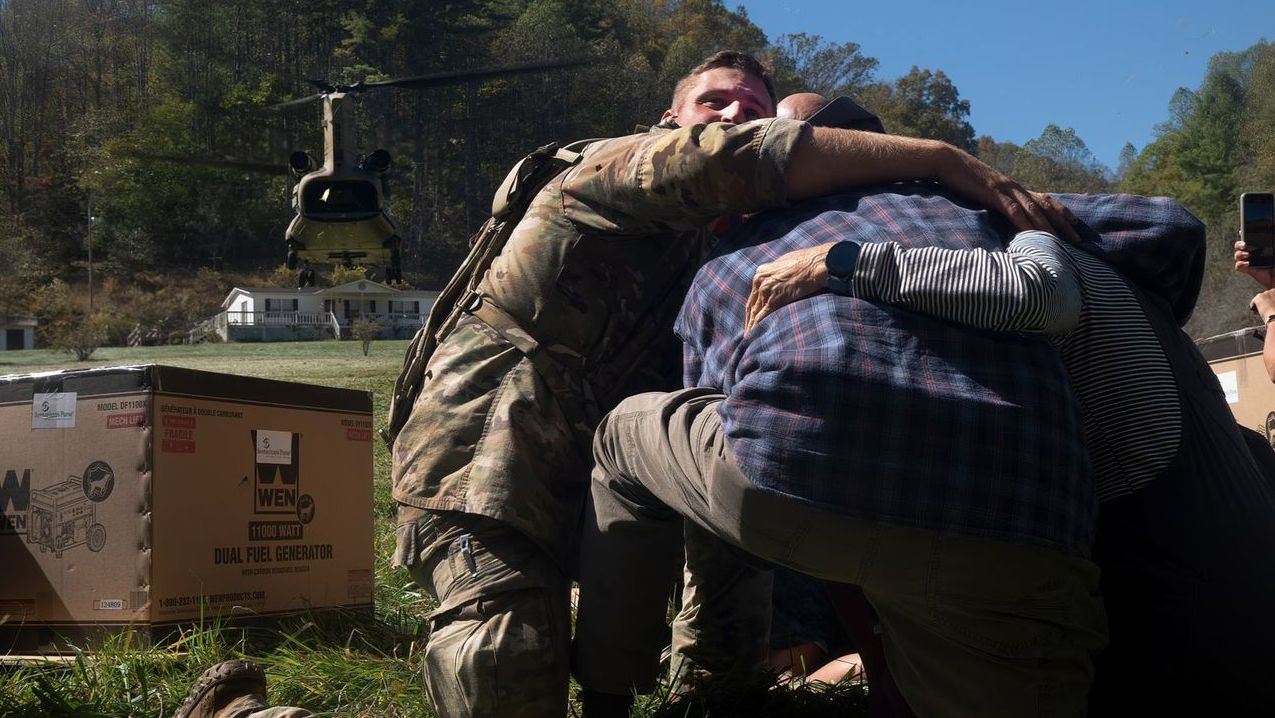FAIRVIEW, N.C. — The outlook for many living in western North Carolina at times can feel bleak.
Some are relying on the goodwill of neighbors. Others are waiting for more relief from state and federal agencies.
David Traynor is happy to make it through every night of the winter cold. His life hasn’t been the same since Hurricane Helene hit.
“When I woke up, I walked to the front door and looked out the front porch,” Traynor said. “(It) was laying like that straight down. I thought I can’t do nothing about it now.”
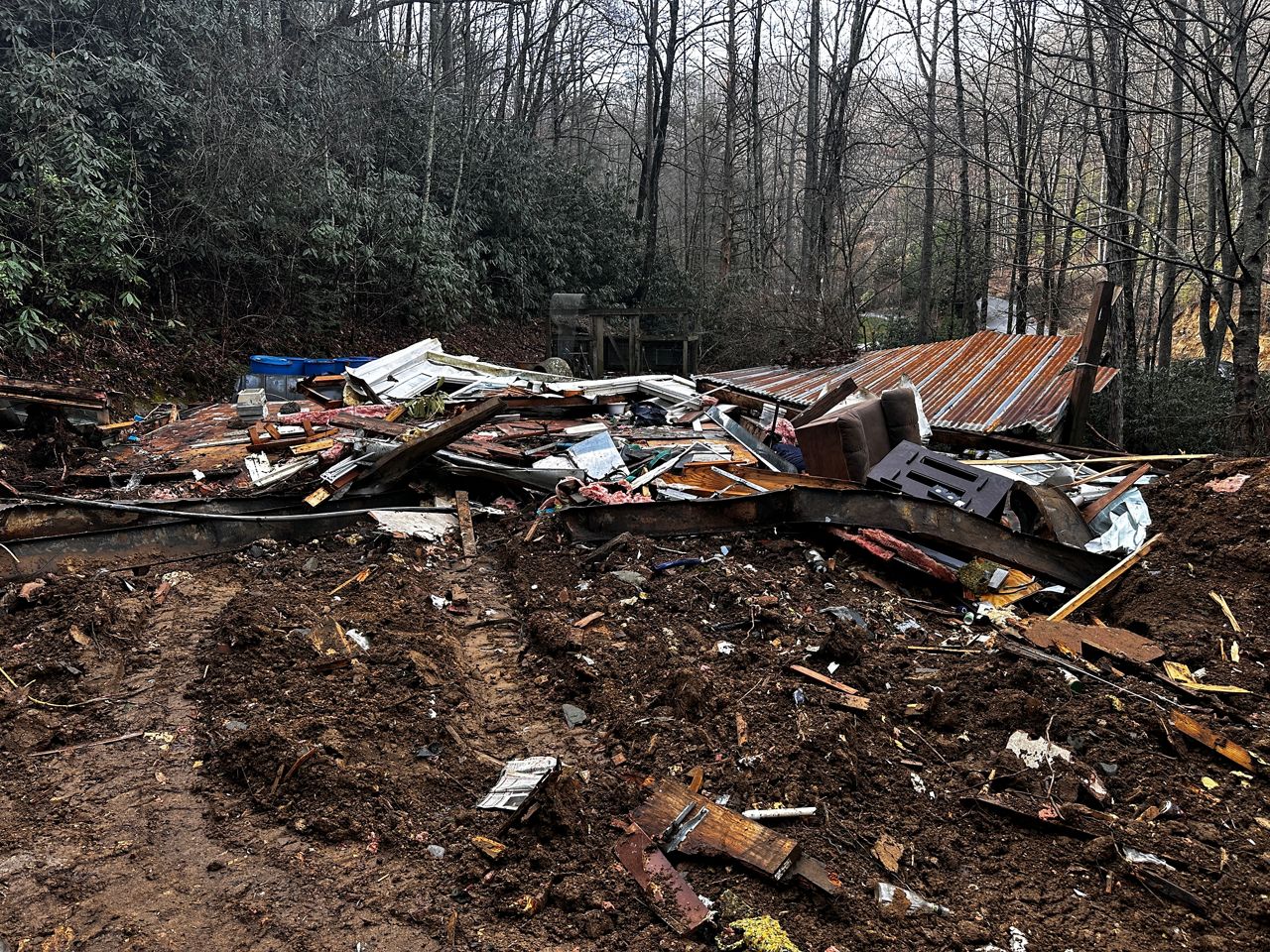
Traynor, 59, lives in one of the hardest hit communities in the region: Fairview.
The ride to where he lives southeast of Asheville takes you through the heart of a world ravaged by a natural disaster.
Countless streams have been rerouted by Helene. Miles of winding country roads offer a glimpse of the extent of the damage.
Traynor’s old home isn’t even a home anymore. The foundation is destroyed, appliances are strewn everywhere, cabinets are hardly usable and a good chunk of what is left is not salvagable.
“The whole house just exploded,” he said.
It's a reality Traynor can’t escape, months after Helene tore through. Traynor said the full force of Mother Nature barreled into his home on the morning of Sept. 27.
All he could do was watch. He pointed to a trash bin on his property for recovered debris. “I stood under the lid of my jeep, watching all this happen,” Traynor said.
The roof and carport washed away.
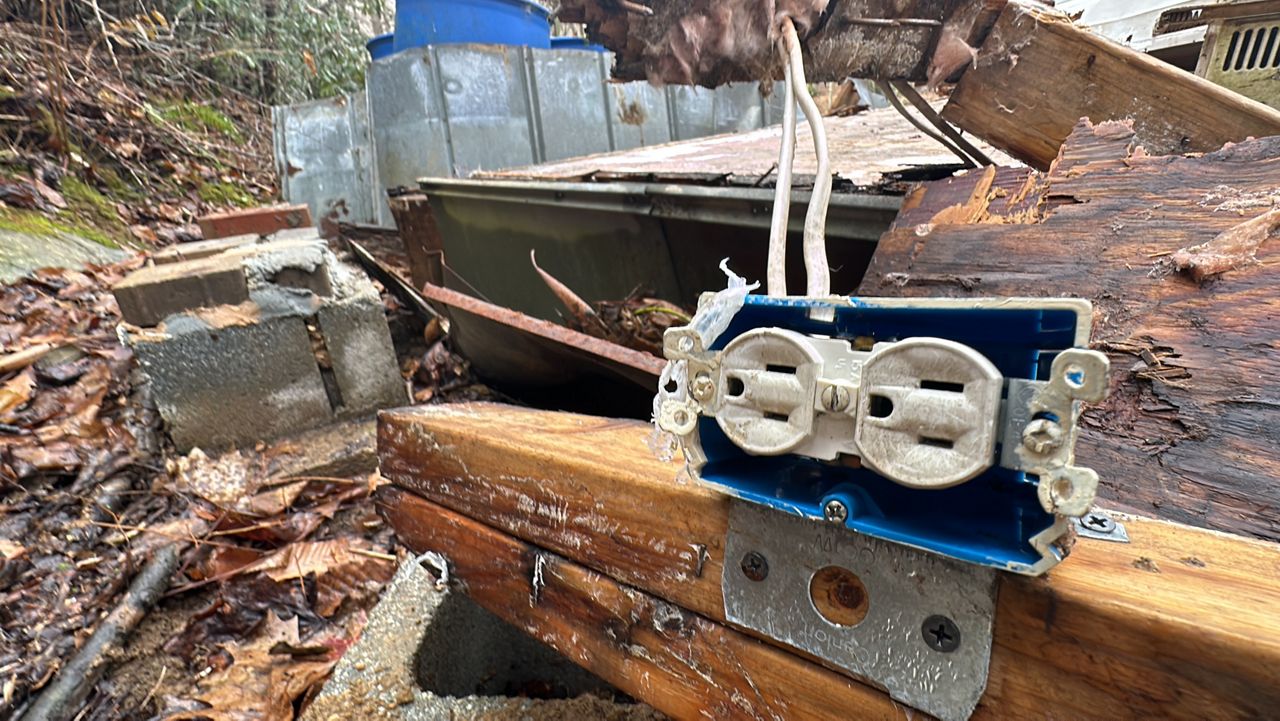
“Used to be able to drive a car up here. Now it's gone. Gone,” he said.
All of it, being swept into the newly created embankment below. But the memories of kicking out the air conditioner to climb out the back of his crumbling home to safety and into waist-high water will never disappear.
“If I was in the bathroom I would be dead. My washing machine that is standard, it smashed it like a beer can,” he said.
Traynor said ever since the storm happened he has not been able to sleep the same.
“I have dreams about crazy stuff, “ he said. “Falling. Burning to death.”
Traynor said applying for FEMA aid felt like a nightmare, too. He shared multiple documents. Each showed the lengths endured to receive approval to replace the home. However, the current condition of the scattered pieces of the home and the ground beneath it may make it unsafe to rebuild.
“A lot of years here. A lot of years. The good times and the bad times. A lot of memories,” he said.
Traynor is among hundreds whose lives have been altered by the storm.

State and federal agencies estimate billions of dollars in damage, particularly for areas like Fairview. The latest estimate by the North Carolina Office of State Budget and Management in December puts the cost of damage and the needs to help the region bounce back at $59.6 billion.
Thanks to the generosity of strangers, Traynor has a camper he’s living in for the present.
It's a shelter with running water and a tight space to eat and sleep.
“It's better than nothing. There's people out there sleeping in tents,” he said.
Traynor is originally from Florida. Many of his adult years have been spent in Appalachia. That time in the mountains has taught him the danger of being exposed to the harsh elements in below-freezing temperatures for extended periods of time. He knows heat and survival go hand-in-hand.
A donated generator has kept him warm at night since the storm.
“I used this when we didn't have any power. We didn't have power for weeks,” he said. “This has been a lifesaver right here.”
Cleanup has been gradual. A massive heap of shifted earth and debris still sat by the road in early December months after the storm.
“That was one landslide. One of the neighbors who had a machine came up here and opened the road,” he said.
What Traynor revealed serves as a constant reminder of what Helene left behind.
But this is Traynor’s life. He is a father with two grown children living outside the nest without any pets or partner to offer companionship. The money he makes as a restaurant cook is hardly enough to fix all of this. Mostly donations and some government assistance are helping him survive in a rugged, unforgiving terrain.
“I get up. Try to eat breakfast. Get myself ready for work. Go and work my brains out. Come home and do it again,” he said.








